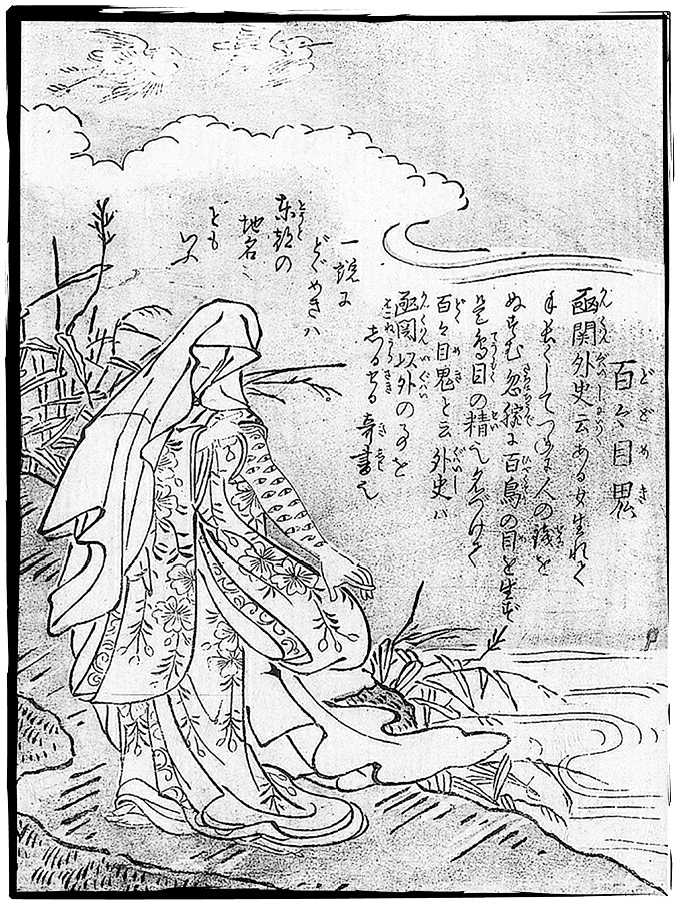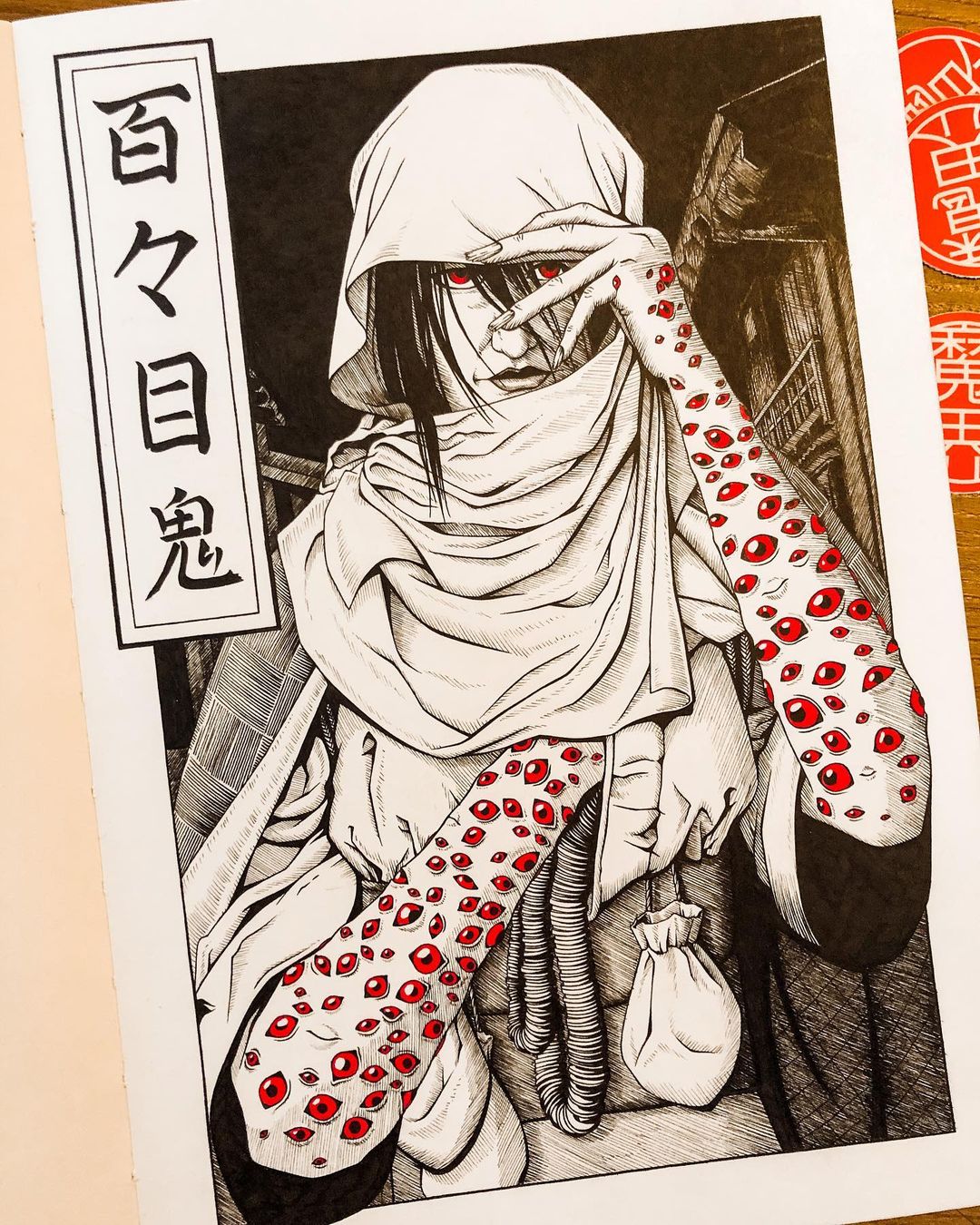Эй, Странник, принцесс пруд пруди, а дракон — существо редкое.
Bestiary.us
энциклопедия вымышленных существБыстрый переход
- Средиземье Средизе́мье (англ. Middle-earth, буквально Среди́нная земля́, также существуют варианты перевода Среднеземье, Средьземелье) — одна из первых и самых известных фэнтези-вселенных. Оно является местом действия основных произведений Дж.Р.Р.Толкина, а также «вольных продолжений» других авторов.
- Транслятор имен Здесь у Вас есть уникальная возможность узнать, как могло бы звучать Ваше имя на языках различных вымышленных рас. При этом результат имеет смысловую нагрузку. Так к примеру, эльфийские имена собираются по грамматическим правилам квэнья и других эльфийских языков исходя из значения Вашего настоящего имени.
- Японская мифология и фольклор Система сакральных знаний страны восходящего солнца, включающая традиции синтоизма и буддизма, а также многочисленные народные поверья и городские легенды, содержит огромное количество ками («божество» или «дух»), ёкай («призрак» или «демон») и хэнгэёкай («звери-оборотни»).
Dodomeki
Додомэки — согласно японскому фольклору, проклятые женщины с очень длинными руками, покрытыми крошечными птичьими глазками
Dodomeki — according to japanese beliefs, cursed women with very long arms covered in tiny bird eyes
Додомэки — согласно японскому фольклору, проклятые женщины с очень длинными руками, покрытыми крошечными птичьими глазками
Dodomeki — according to japanese beliefs, cursed women with very long arms covered in tiny bird eyes
Додомэки — согласно японскому фольклору, проклятые женщины с очень длинными руками, покрытыми крошечными птичьими глазками
ДодомэкиСогласно японскому фольклору, проклятые женщины с очень длинными руками, покрытыми крошечными птичьими глазками по-русскиDodomekiAccording to japanese beliefs, cursed women with very long arms covered in tiny bird eyes in english
Dodomeki —
どどめき —
百々目鬼 —
Согласно японскому фольклору, додомэки — это проклятые женщины с очень длинными руками, покрытыми крошечными птичьими глазками. Когда-то они были человеческими девушками, которые пристрастились к краже денег. Из-за этого греха в один прекрасный день их руки покрываются маленькими птичьими глазами, и девушка превращается в чудовище.
Когда Торияма Сэкиэн впервые описал этого ёкая, он использовал ряд каламбуров. Додомэки описывается как женщина с длинными руками, а выражение «длинные руки» в Японии означает человека, который любит воровать. Таким образом у Додомэки длинные руки в прямом и переносном смысле.
Медная монета или досэн, имела отверстие в центре, из-за которого в разговорной речи ее называли тёмоку — «птичий глаз». Эта игра слов объясняет почему на руках ёкая вырастают птичьи глаза: из-за кражи медных монет. Деньги также называли о-аси или «ноги», имея в виду, что они приходят и уходят, будто у них есть ноги.
Фраза "аси-га цуки" — распространенная идиома, которая означает «поймать кого-то на месте преступления». Особо догадливые читатели заметят, что если слово аси, которое может означать деньги, заменить на слово тёмоку, которым тоже называют деньги, то получится новая фраза, означающая — «покрытый птичьими глазами».
Давным-давно, в тех местах, где сейчас префектура Тотиги, жил дворянин по имени Фудзивара-но Хидэсато. Ему недавно пожаловали звание кокуси в губернии Симоцукэ за доблесть в разгроме мятежников Тайра-но Масакадо. Однажды, охотясь в своих новоприобретенных землях, Хидэсато встретил старика, который предупредил его, что в Уцуномия на скотомогильнике видели они. Хидэсато схватил свой лук и стрелы и отправился на разведку.
Добравшись до нужного места Хидэсато стал ждать сумерек. Когда наступил час Быка*, появился огромный демон и стал жадно пожирать лошадиные туши. Демон был ростом в десять футов, с торчащими во все стороны шипастыми волосами и огненными глазами, усыпавшими все тело. Хидэсато старательно нацелил стрелу на сверкающее глазное яблоко и выстрелил. Стрела угодила в цель, и демон, взревев от боли, бросился в лес и бежал, пока не рухнул у подножия горы Мёдзин.
Битва не состоялась, поскольку демон был ранен почти смертельно и совсем обессилел. От его тела поднялся шквал огня, а из разверстого рта вырвались клубы ядовитого пара. Отравленный воздух и сильный жар стали невыносимы для Фудзивары-но Хидэсато и он вынужден был сдаться и вернуться в свой дворец. Когда на следующий день Хидэсато вернулся, то увидел, что земля почернела, выжженная на большое пространство вокруг, но он не нашел никаких признаков демона.
400 лет спустя, в эпоху Муромати, додомэки объявился снова. На северном склоне горы Мёдзин выстроили деревню и там стали происходить странные вещи. В местном храме вспыхивали необъяснимые пожары, а настоятель страдал от таинственных ушибов. Новый настоятель храма добродетельный и святой Титоку решил выяснить, что скрывается за этими непонятными явлениями.
Святой Титоку заметил, что когда он читал свои проповеди, в храм часто заходила молодая женщина, и настоятель признал в ней замаскированного додомэки. Тяжело раненый демон спрятался в каких-то пещерах неподалеку, чтобы исцелиться. Превратившись в молодую женщину, он посещал место где упал, постепенно всасывая обратно свои вредные испарения, которые он выдохнул, и собирая кровь, которая была пролита в битве с Фудзиварой-но Хидэсато. Деревенский храм был построен на месте этой битвы, и додомэки вызывал пожары в храме и нападал на настоятеля, чтобы отпугнуть их.
Однажды, святой Титоку столкнулся с демоном в личине женщины, и тот наконец-то показал свою истинную форму как додомэки. Однако, он не напал на святого — часто посещая храм, он подслушал сильные проповеди Титоку и они проникли ему в сердце. Додомэки обещал, что больше никогда не будет делать злых дел. С тех пор, местность возле горы Мёдзин получила название Додомэки.
According to japanese beliefs, dodomeki are cursed women with very long arms covered in tiny bird eyes. They were once human girls who developed a penchant for stealing money. Because of their wicked actions, one day hundreds of tiny bird eyeballs sprout out of their arms and they transform into this monster.
When Toriyama Sekien first described this yokai, he inserted a number of puns. The dodomeki is described as being a woman with long arms — having "long arms" in Japanese is a figure of speech meaning somebody who likes to steal a lot. Thus, the dodomeki has long arms, both figuratively and literally.
The copper coin, or dōsen, had a hole in the middle of it, and was colloquially known as a chōmoku, or "bird’s eye", due to its shape. This play on words is the reason that this yokai grew birds’ eyes as a result of stealing copper coins. Money was also sometimes referred to as oashi, or "feet", because it comes and goes as if it had its own feet.
The phrase ashi ga tsuku is a common idiom which means "to catch someone who has committed a crime". Very clever readers would have noticed that if the word ashi, which can also mean money, is replaced with chōmoku, which can also mean money, the phrase changes to mean "covered in bird eyes".
Long ago, in what is now Tochigi prefecture, lived a nobleman named Fujiwara no Hidesato. He had just been granted the title of kokushi of Shimotsuke province for his valor in defeating the rebel Taira no Masakado. One day while hunting in his newly acquired countryside, Hidesato was approached by an old man, who warned him that some kind of oni had been sighted at the horse graveyard at Utsunomiya. Hidesato grabbed his bow and arrow and went to investigate.
Hidesato reached the horse graveyard and waited until nightfall. When the hour of the ox came, an enormous demon appeared and ravenously began devouring horse carcasses. The demon stood over ten feet tall, had sharp, spiked hair, and was covered in glowing eyes all over its body. Hidesato carefully aimed an arrow at the brightest glowing eyeball and fired. The arrow hit its mark, and the demon roared in pain, fleeing into the woods until it finally collapsed at the foot of Mount Myōjin.
The battle was not over, for although the demon was near-fatally wounded, it still had power left. From its body erupted a torrent of flame. Its mouth split open and poisonous fumes spewed forth. The toxic air and intense heat proved too much for Fujiwara no Hidesato, who had to give up and return to his palace. When Hidesato returned the next day, the ground was blackened and burnt over a large area, but there was no sign of the demon.
400 years later, during the Muromachi period, the dodomeki finally reappeared. A village had sprung up on the northern slope of Mount Myōjin, and strange things had begun happening. The temple’s head priest had been suffering mysterious injuries and unexplained fires began to break out at the temple. A new head priest, the virtuous and holy Saint Chitoku, was called to discover what the cause of the strange problems was.
Saint Chitoku noticed that one young woman stopped by the temple frequently whenever he preached his sermons, and recognized it as the dodomeki in disguise. The demon, terribly wounded, had retreated into some caves nearby to heal. It transformed into a young woman, and had been visiting the site where it fell, gradually sucking back up all of the noxious fumes that it had breathed out, and collecting all of the blood that it had bled in the battle with Fujiwara no Hidesato. The village temple had been built on top of the battle site, and the dodomeki caused the fires and attacked the priest to scare them away.
One day, Saint Chitoku confronted the demon in disguise, and she finally revealed her true form was a dodomeki. She did not attack him, however; while frequenting the temple, she had overheard Chitoku’s powerful sermons, and they had stuck with her. The dodomeki promised that she would never again commit any act of evil. Since then, the area around Mount Myōjin has come to be known as Dodomeki.
Статус статьиСтатус артыкулаStatus artykułuСтатус статтіArticle status:
Штучка (минимум инфы, как правило из одного источника, по существу просто попавшемуся под руку, с большой вероятностью, что больше о нем не найти)
Подготовка статьиПадрыхтоўка артыкулаPrzygotowanie artykułuПідготовка статтіArticle by:
Адрес статьи в интернетеАдрас артыкулу ў інтэрнэцеAdres artykułu w internecieАдрес статті в інтернетіURL of article: //bestiary.us/dodomeki

Культурно-географическая классификация существ:
Культурна-геаграфічная класіфікацыя істот:
Kulturalno-geograficzna klasyfikacja istot:
Культурно-географічна класифікація істот:
Cultural and geographical classification of creatures:
Ареал обитания:
Арэал рассялення:
Areał zamieszkiwania:
Ареал проживання:
Habitat area:
Псевдо-биологическая классификация существ:
Псеўда-біялагічная класіфікацыя істот:
Pseudo-biologiczna klasyfikacja istot:
Псевдо-біологічна класифікація істот:
Pseudo-biological classification of creatures:
Физиологическая классификация:
Фізіялагічная класіфікацыя:
Fizjologiczna klasyfikacja:
Фізіологічна класифікація:
Physiological classification:
Форумы:
Форумы:
Fora:
Форуми:
Forums:
Еще? Еще!
Бакэнэко — японская кошка-оборотень, демоническая кошка
Нэкомата — в японской мифологии, чудовищная кошка-людоед с раздвоенным хвостом
Каси — японский кошкообразный демон, ворующий мертвецов
Доро-та-бо — в японской мифологии, дух заброшенного рисового поля, выглядящий как грязная фигура одноглазого старика с трехпалыми руками
Тимиморё — в японской и китайской мифологии демоны лесов и гор, пожирающие трупы
Ицумадэ — в японской мифологии химерическая птица с человеческим лицом, появляющаяся в местах массовой гибели людей
Итати — согласно японской мифологии, ласки или куницы, ставшие оборотнями по достижению преклонного возраста
Касямбо — согласно поверий японской префектуры Вакаяма, каппы, которые каждый год перебираются осенью в горы
Микоси-нюдо — согласно японской мифологии, ужасный ёкай в облике странствующего монаха с длинной шеей, нападающий на путников
Нурарихён — согласно японской мифологии, таинственный и могущественный ёкай, выглядящий как добродушный старичок с большой головой
Амэфури-кодзо — в японском фольклоре дух дождя в облике маленького мальчика с зонтиком на голове
Сансэй — в японском фольклоре маленькие горные человекообразные духи с единственной вывернутой назад ногой
Суйко — в японской и китайской мифологии особо опасная разновидность каппы, пьющая человеческую кровь
Тими — согласно китайской и японской демонологии, общий термин для чудовищ, которые живут в горах, лесах, болотах, камнях и других природных объектах
Морё — в китайском и японском фольклоре, общий термин для множества духов вод, живущих в необитаемых местах и питающихся человеческими трупами
Нодзути — один из самых ранних ёкаев в японской истории, выглядящий как волосатая метровая гусеница без глаз с направленным вверх ртом
Ямауба — согласно японской мифологии, страшные старухи-ведьмы гор и лесов, которые родились обычными людьми, но извратили свою натуру и превратились в чудовищ






Comments
Отправить комментарий